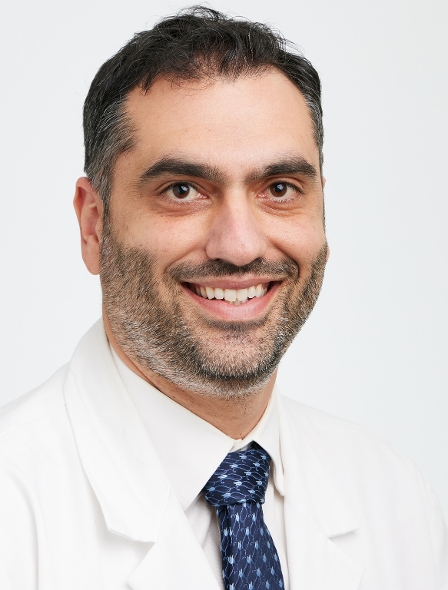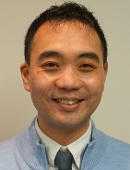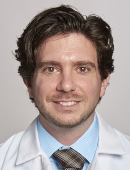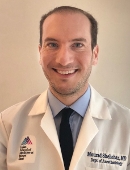Complementary Therapies
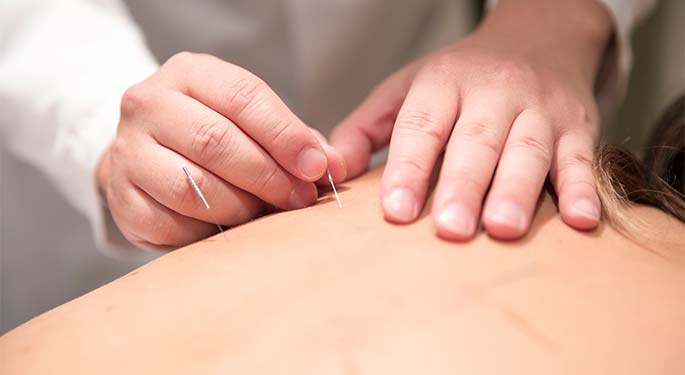
In the division of Integrative Medicine, we believe that blending traditional treatments with complementary and alternative therapies is the best way to treat your pain. And the federal government agrees. The U.S. government has designated 2010 to 2020 as the "Decade of Pain Control and Research" and the National Institutes of Health has provided funding for research.
Under the directorship of Houman Danesh, MD, Mount Sinai's Integrative Medicine practice treats your pain as well as its underlying cause. We take this approach in treating conditions ranging from chronic cancer pain to migraine headaches. We provide alternative and complementary therapies. The most common practices are:
Cupping is a form of Eastern medicine that helps us improve the circulation of blood and the movement of energy (called chi) throughout the body to restore balance. We place several cups over problem areas of the body (which may coincide with acupuncture points). Then we suction air out of the cups, pulling the skin and superficial tissue under it. This usually takes about 15 minutes. It may leave temporary ring-shaped bruises. While you may see some immediate benefit, you probably won’t feel the full effects until you’ve had three to five sessions.
Gua sha (scraping) helps free your body's chi to restore balance and hopefully lessen pain. We start by lubricating your skin. Then we use a smooth edge to apply a scraping motion along your body, following the pathways of acupuncture meridians. The process usually lasts about 15 minutes. It may cause red skin blemishes that take two to four days to fade. Most people feel the full effect after three to five sessions.
Medical acupuncture is an ancient method of treating medical problems. It helps you by restoring balance in your body. The practice started in China more than 4,000 years ago. Today, people around the world use acupuncture to manage everything from headaches to low back pain. When Western-trained doctors perform acupuncture, we call it “medical acupuncture.” When you are in pain, your body’s chi is out of sync. We perform acupuncture by inserting extremely thin, flexible needles into certain points of the body (called meridians). This stimulates the meridians and helps restore the balance of chi. Most people find the treatment painless, though some people feel a deep "grabbing" sensation when we insert the needle. We perform acupuncture in our office. Most sessions last 15 to 30 minutes. You may feel benefit immediately, but most people don’t get the full effect until they’ve had five or six sessions. We use medical acupuncture for a variety of types of pain, including:
- Arthritis
- Bursitis
- Frozen shoulder
- Headaches
- Joint pain
- Lower back pain
- Migraines
- Neck pain
- Neuralgia
- Sciatica
- Tendinitis
- Tennis elbow
- Tinnitus
- Temporomandibular joint syndrome
Nutrition can decrease inflammation naturally. With less inflammation, you have less discomfort. Our nutrition experts can help you develop a diet to fit your individual needs.
Yoga helps strengthen weak muscles. Weak muscles can result from lack of activity and can lead to pain. There are many types of yoga; the most common are hatha and vinyasa. Our Integrative medicine doctors can help you find the yoga program that will best help you with your pain. Our patients have access to private yoga instructors who work closely with our department.
